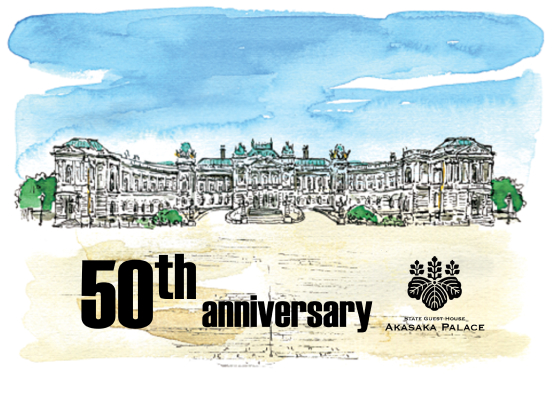
On April 11th, the State Guest House will celebrate its 50th anniversary.
We will hold several commemorative events year-round to celebrate the State Guest House's 50th anniversary on April 11th, 2024.
Please take this opportunity to visit the State Guest House to experience its significance as a State Guest House and the value of the State Guest House Akasaka Palace as a cultural asset.
50th Anniversary Event
-
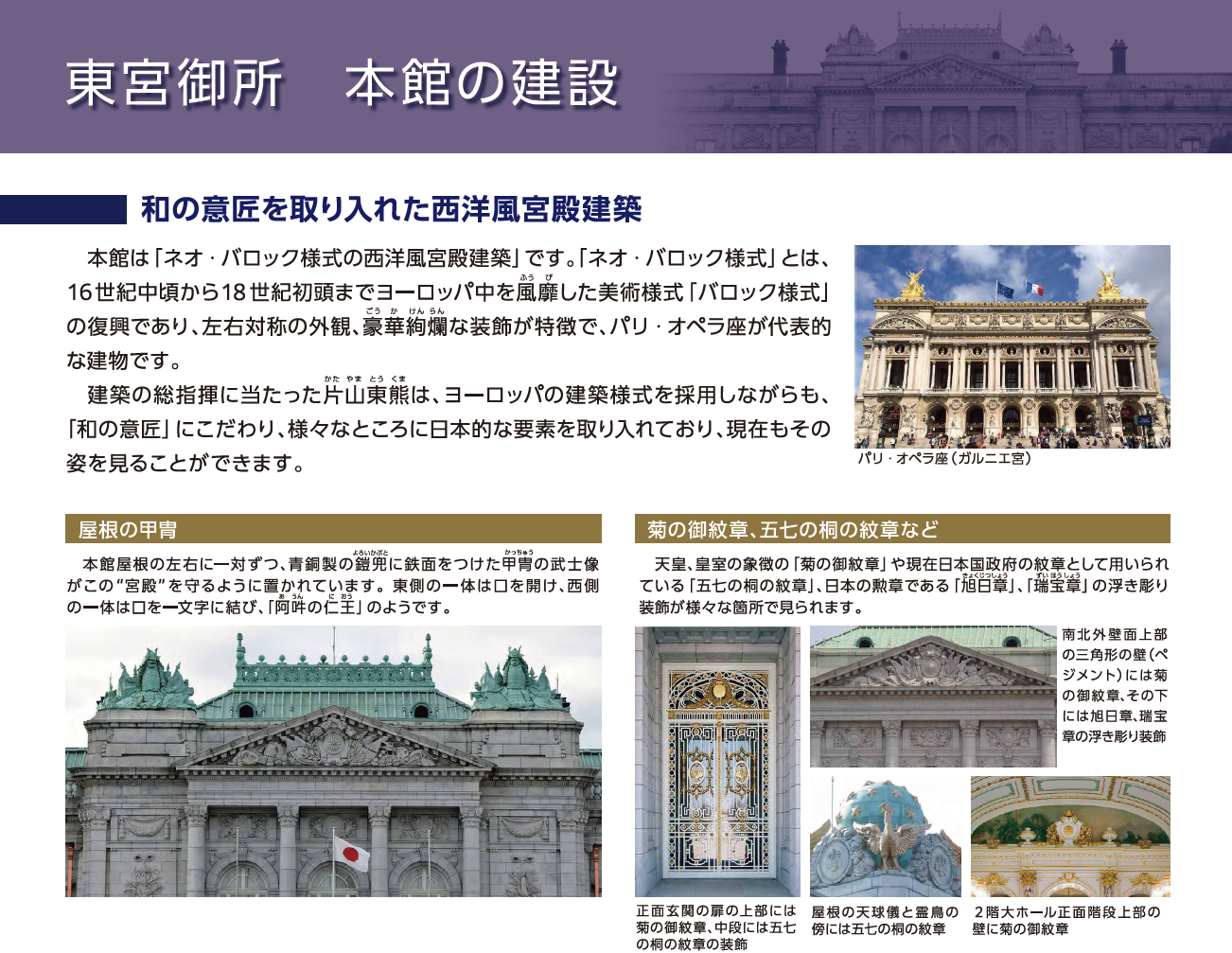
2024.07.18
50th Anniversary Panel Exhibit
State Guest House’s 50th Panel Exhibit Panels on exhibit are here (PDF:19MB) Event Schedule From April 1 […]
Activity Report
-
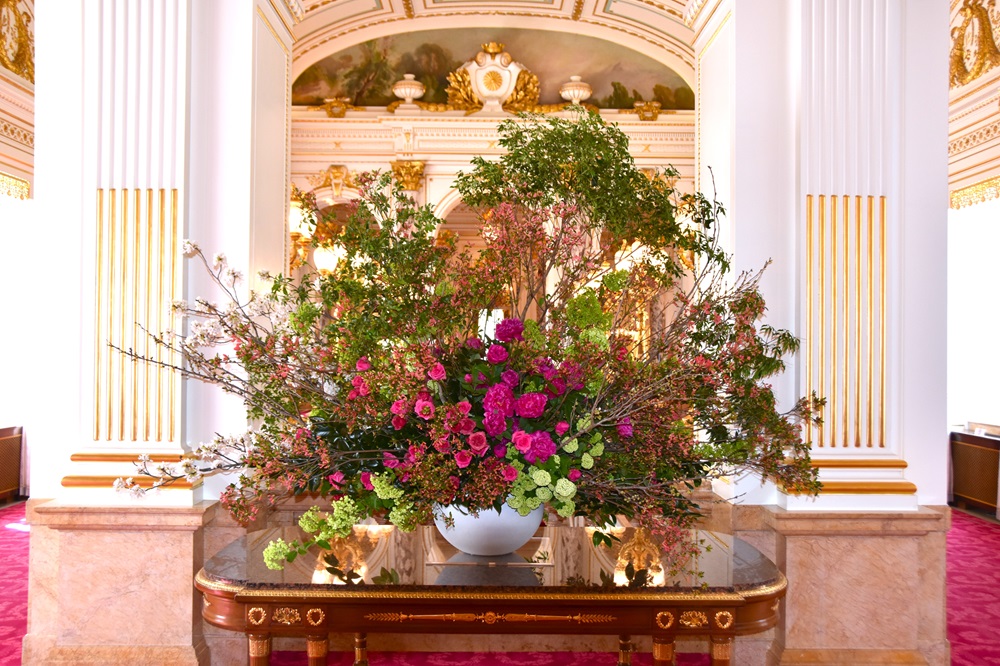
50th Anniversary
2024.07.18
State Guest House 50th Anniversary Floral Decorations
History
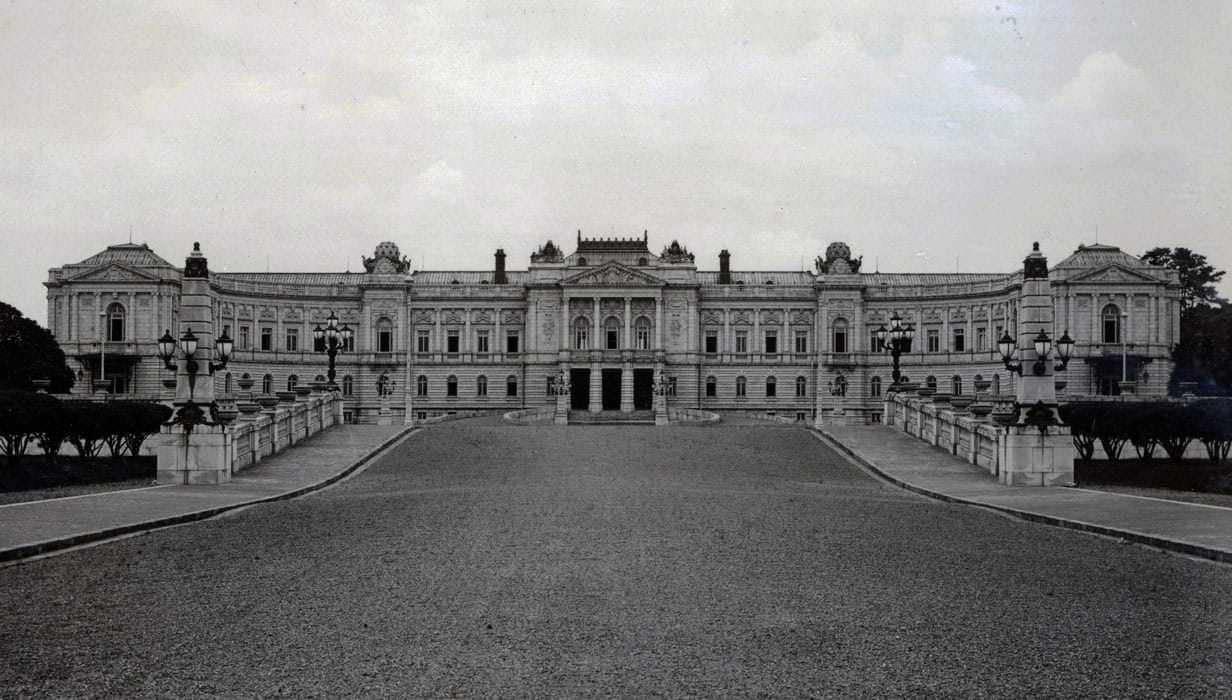
1899-1909
Constructed as Togu Gosho (Crown Prince's Palace)
The culmination of Japan's Western architectural technology and skills in the Meiji period
With the wedding of the Crown Prince (Emperor Taisho later) approaching, a momentum toward building a new Western-style Togu Gosho (Crown Prince's residence) grew. Under the overall direction of Dr. Tokuma Katayama, who studied directly under Dr. Josiah Conder, a British architect who took the lead in Japan's Western architecture in the Meiji period (Professor of Architecture at the Imperial College of Engineering (currently The University of Tokyo), eminent scholars, artists and engineers were fully mobilized.
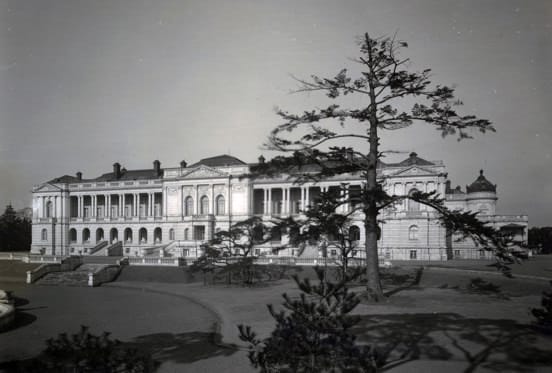
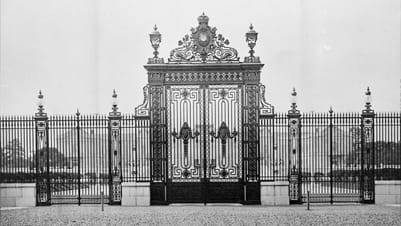
1923-1928
Prince Regent's (Emperor Showa later) residence
1923
The Great Kanto Earthquake
1945-1946
Crown Prince's (the Emperor Emeritus) residence
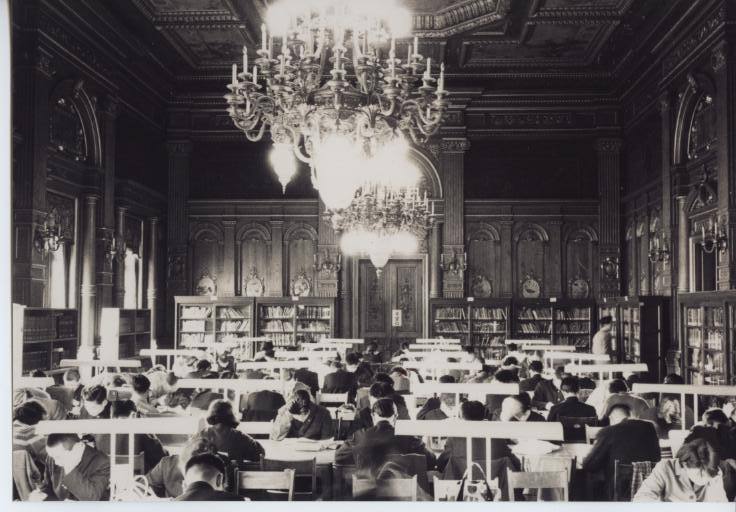
1948
Transferred from the Imperial Household's assets to administrative assets and used as government facilities
The ownership transferred to the Japanese government after World War II
The buildings and site of the Akasaka Palace, which were Imperial Household's assets, were transferred to the Japanese government after the war. They were used thereafter as the National Diet Library (1948-1961), the Attorney General's Office's (Homucho) Legislation Opinion Bureau (1948-1960), the Judge Impeachment Court and the impeachment committee (1948-1970), the Ministry of Justice's Litigation Bureau (1948-1961), Research Commission on the Constitution (1956-1960), the Tokyo Olympic Organizing Committee (1961-1965) and the Ad Hoc Commission on Administrative Reform (1961-1964).
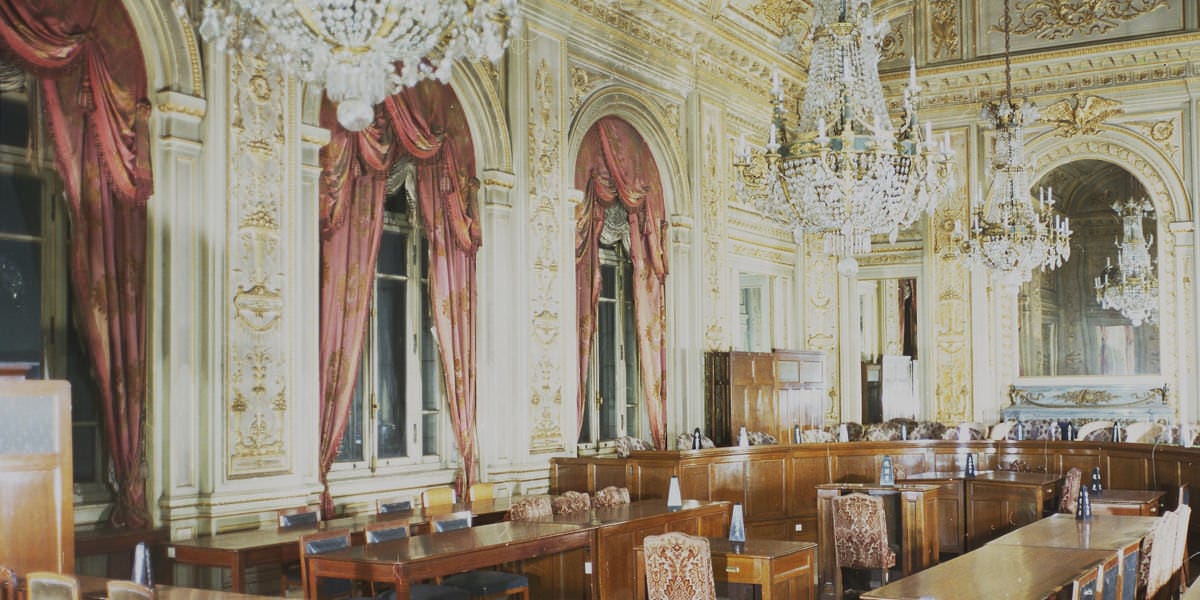
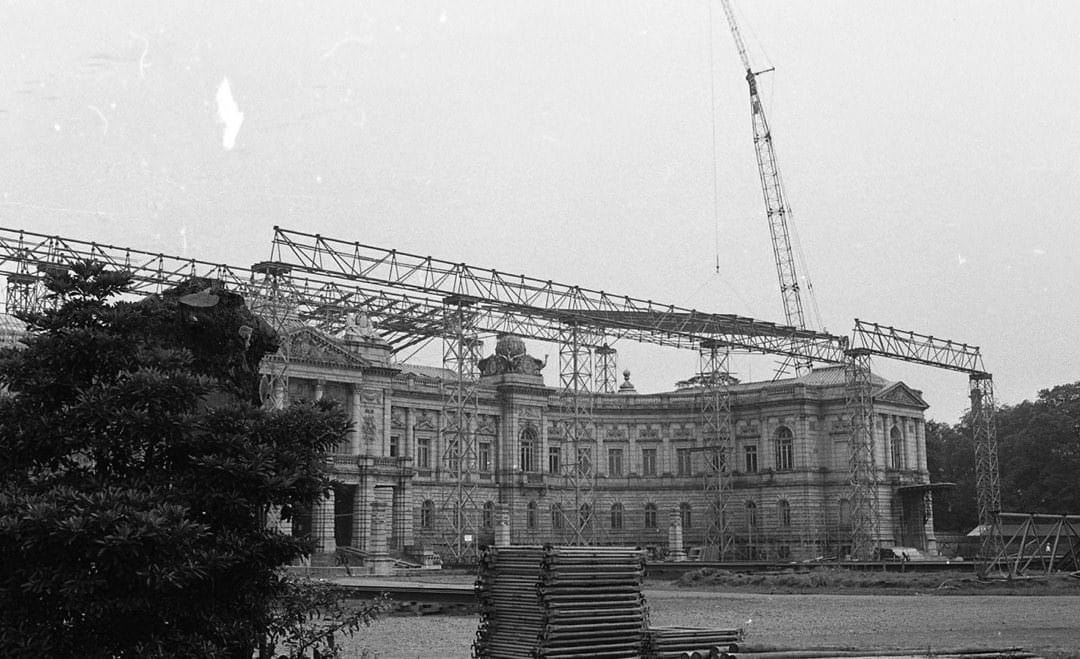
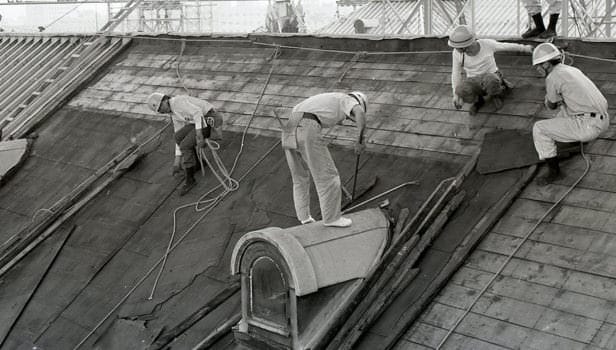
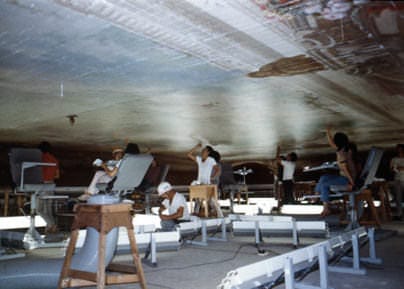
1968
The Akasaka Palace remodeled into the State Guest House
Upon Cabinet approval, large-scale renovation work went underway
As closer international relations were built in ten-odd years after the war and the opportunities to welcome foreign dignitaries from countries all over the world increased, a policy to put in place state guest house facilities was formulated and it was agreed that the Akasaka Palace would serve as the State Guest House. In renovating the Akasaka Palace into the State Guest House, with the basic policy of conserving its cultural value and allowing distinguished guests to stay comfortably and safely and official functions to be conducted, we asked Mr. Togo Murano, an architect and member of the Japan Art Academy, to renovate the Main Building and Mr. Yoshiro Taniguchi, an architect and member of the Japan Art Academy, to build a new annex building to receive guests through Japanese-style hospitality.
1974
Opened as the State Guest House
Large-scale renovation work completed and reopened as the State Guest House
Massive renovation work that started in 1968 was completed six years later in March 1974 and relaunched as the State Guest House
2006-2008
Major renovation in the Heisei period
Under a three-year renovation plan, extensive repair work was conducted to improve water supply and drainage pipes, information-related facilities and address antiseismic reinforcement.
2009
Designated as a national treasure
Designated as a national treasure 100 years after construction in 2009
The Main Building of the former Togu Gosho (Crown Prince's Palace) (The State Guest House, Akasaka Palace), driveway and stairs attachment, front gates/walls, the former East and West eisha(Guard House) and the main garden fountain and stairs, which remained the same as they were when they were built, were designated as a national treasure.
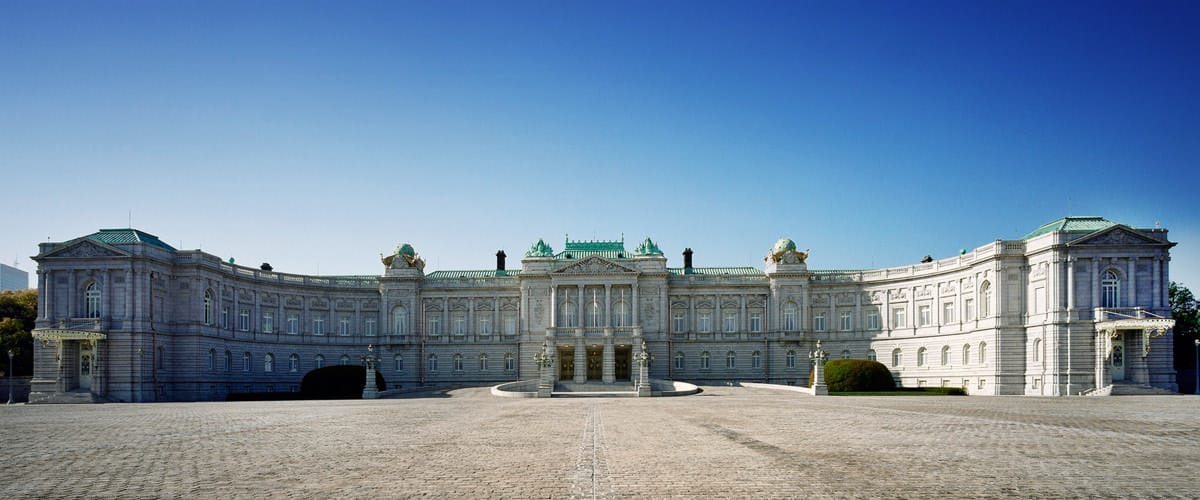

![The State Guest House, Akasaka Palace [SP]](https://www.geihinkan.go.jp/wp-content/themes/geihinkan/assets/img/akasaka/common/toplogo_akasaka_sp_bk_en.png)
![The State Guest House, Akasaka Palace [PC]](https://www.geihinkan.go.jp/wp-content/themes/geihinkan/assets/img/akasaka/common/toplogo_akasaka_bk_en.png)
